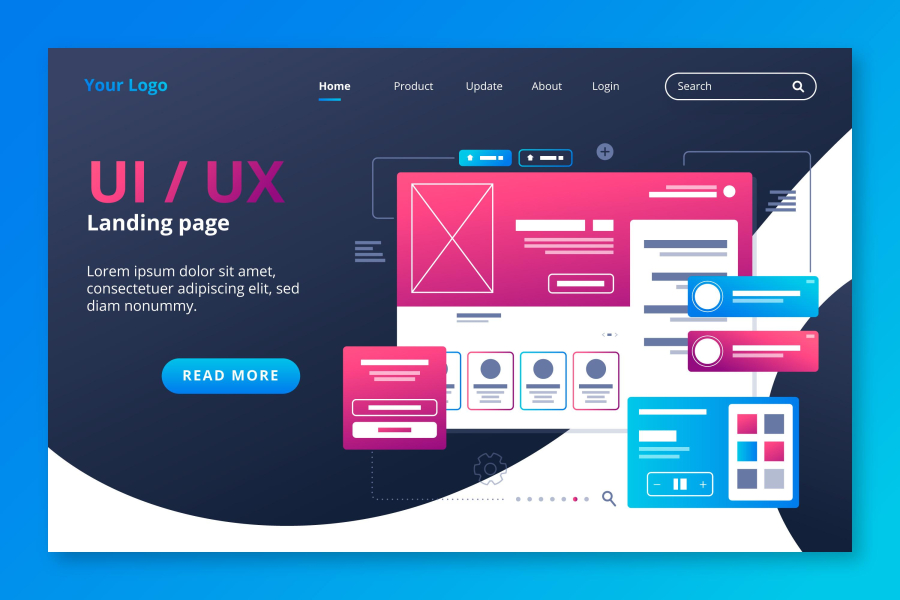Balancing Multiple Freelance Projects Without Burnout
Freelancing offers flexibility, independence, and the chance to work on exciting projects across industries. However, when multiple clients, deadlines, and expectations pile up, even the most passionate freelancers can feel overwhelmed. Learning how to balance multiple freelance projects effectively is key to maintaining both high-quality work and personal well-being. This guide explores practical strategies for juggling different projects without falling into burnout — a critical skill for long-term freelance success on platforms like freelancerbridge.
Long Description
Managing multiple freelance projects at once can feel exhilarating at first, but without the right planning and boundaries, it quickly becomes a breeding ground for stress, fatigue, and declining creativity. As more professionals move to independent work models, balancing overlapping client requirements, unpredictable workloads, and personal goals becomes essential.
This article offers step-by-step advice on how to structure your freelance workday, organize client tasks, communicate expectations clearly, and recognize early signs of burnout — all while preserving your creativity and reputation in the freelance marketplace.
1. Plan Before You Accept New Work
Before taking on a new project, assess your current workload. Avoid the temptation to overbook simply to increase revenue. Overcommitment can lead to missed deadlines, poor client relationships, and burnout. Use a project tracker or freelance management tool to monitor deadlines, project phases, and active workloads. Platforms like Trello, Notion, or Asana are ideal for visualizing task distribution.
Key SEO Point: Planning project acceptance ensures consistent client satisfaction and brand reputation across freelance platforms.
2. Prioritize Projects by Deadline and Complexity
Not all freelance tasks require the same effort or time. Start by ranking them based on:
Deadline urgency
Payment amount or value
Complexity or time demand
By organizing your week around priorities rather than a simple task list, you optimize both energy and focus.
Tip: Use the Eisenhower Matrix or Time-Blocking to make this process actionable.
3. Establish a Daily Routine
Freelancers often enjoy flexibility, but that can become chaotic without a daily routine. Set defined work hours and allocate dedicated blocks for different clients or tasks. Avoid multi-tasking. Focused time for one project at a time leads to higher efficiency and quality.
SEO Boost: Structured routines help freelancers scale productivity sustainably while delivering consistent results.
4. Set Clear Boundaries with Clients
Burnout often stems from a lack of clear expectations. Prevent it by setting:
Working hours and availability
Turnaround timelines
Revision limits
Communication methods (email, Slack, etc.)
Freelancers must manage expectations from the start to reduce stress and build professional relationships.
5. Use Automation and Templates
Save time and energy by using templates for:
Client onboarding
Proposal submissions
Project updates
Invoicing
Automating repetitive tasks allows you to focus on creativity and execution.
Tool Suggestions: Dubsado, Bonsai, or Canva for branded freelance proposals and communications.
6. Maintain a Healthy Work Environment
Your workspace impacts your energy and focus. A clutter-free, well-lit, and personalized environment encourages better mental clarity. Consider ergonomic chairs, blue-light filters, and sound isolation if working with creative tools like photo/video editing.
Take frequent breaks, stay hydrated, and stretch regularly — these small routines reduce burnout risks significantly.
7. Practice Time Tracking and Review
Use tools like Toggl or Clockify to track how much time each project takes. It helps identify:
Which clients require more effort
Under- or over-charged projects
Time-wasting habits
At the end of each week or month, review what went well and adjust future planning accordingly.
8. Learn to Say No
Turning down work is hard — especially for new freelancers. But protecting your time is essential for long-term success. Clients value quality over quantity, and setting limits actually builds trust and credibility.
9. Collaborate When Needed
Partnering with other freelancers is a smart way to handle overflow work. For example:
Delegate basic editing tasks
Hire a virtual assistant for communication
Collaborate with designers or marketers for larger projects
This prevents overwhelm and keeps deliverables on schedule.
10. Identify Burnout Warning Signs Early
Watch out for these signals:
Persistent fatigue even after rest
Decline in creative output
Irritability or procrastination
Missed deadlines
If you identify these, consider:
Taking a short break
Reducing workload temporarily
Speaking with a mentor or coach
Protecting your mental health ensures you're in the freelance game for the long haul.
Conclusion
Balancing multiple freelance projects without burnout is an art — and a discipline. With the right tools, clear communication, structured planning, and attention to personal health, freelancers can thrive under pressure. Whether you're a photographer, designer, or content creator, staying organized and intentional is the key to sustaining both creativity and business growth.


 by Emily
by Emily




